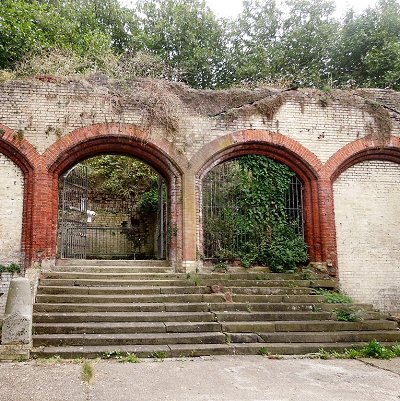
Like us on Facebook
PLACE NAMES


 
|
|
Gipsy Hill
|

|
|
|
Gipsy Hill in south London is a hilly neighbourhood spanning the southern parts of the London Boroughs of Lambeth and Southwark characterised for its great views of the City of London and Dulwich.
Historically, north of its traditional Westow-Central Hill southern limit, it was split between the southern projections of the West Norwood daughter parish of Lambeth and the St Giles church daughter parish of Camberwell in Surrey until urban reforms of 1889 creating the County of London. It takes in, due to a diagonal, slightly weaving border, somewhat less of the London Borough of Southwark and has a ridge-top border along the retail/services/leisure street Westow Hill and residential street Central Hill with Upper Norwood in the London Borough of Croydon.
Gipsy Hill is the name of the central road that runs south upwards from Gipsy Road, where it becomes Alleyn Park near the southern end of Croxted Road, up to Central Hill and Westow Hill (a brief eastern continuation in the Crystal Palace Triangle). The latter are two crest-top roads marking the limit of Upper Norwood, part of the London Borough (and, here, former parish) of Croydon. Due to its station, as common across London, the name has been taken to extend to encompass a wider, in this case, upper hill-side zone in extreme projections of the two relevant boroughs. It takes its name from the presence of Gypsies in what was, until the 19th century, sparsely populated rurality. On 11 August 1668, Samuel Pepys recorded in his diary that his wife had visited "the gypsies at Lambeth"; Keats also wrote about the Norwood gypsies. The area's name derives from the Roma Gypsies who settled in the area during the 1600-1800s.
At the east and west ends of the hill which descends more gently north, are the forked sources of the former River Effra.
The hill and particularly its southern climactic ridge are part of a much larger formation, the Norwood Ridge.
The area rapidly developed after Gipsy Hill railway station was opened in 1856, with large houses being constructed (most now subdivided) and blocks of council-built housing in the mid-20th century, a little remaining as assisted (Social) housing. An 18-room nuclear bunker was constructed between 1963 and 1966 as part of a block of flats on the Central Hill Estate called Pear Tree House on Lunham Road.
|
 Feel free to Email me any additions or corrections Feel free to Email me any additions or corrections
LINKS AVAILABLE TO YOUR SITE
| |





